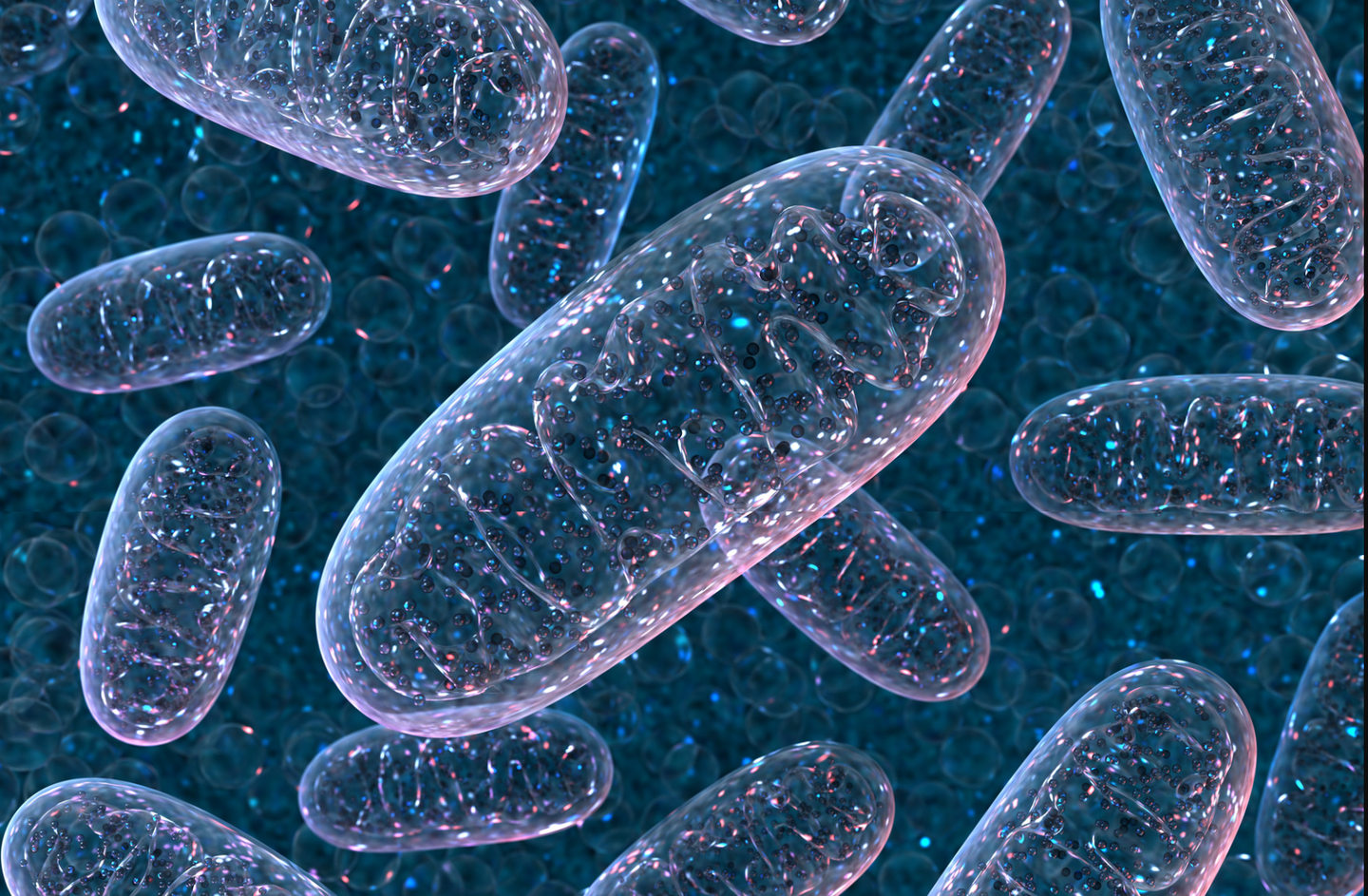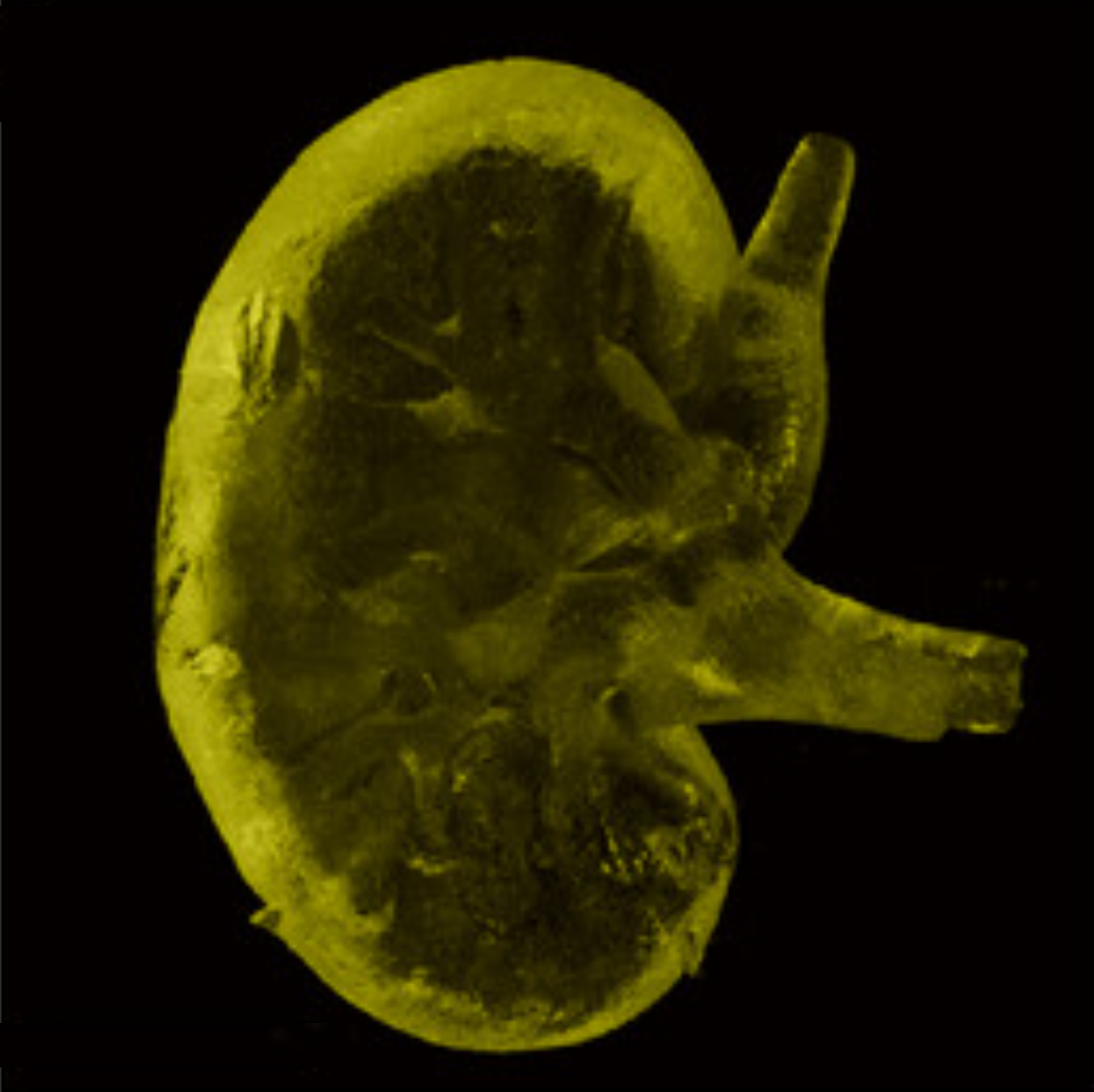Major discovery made regarding juvenile Parkinson’s disease
Parkinson’s disease, which accounts for 5–10% of all PD cases, affects 3% of population over 65 years old with an average onset at 60.

[Nov 10, 2022: Rosa Martínez, University of Barcelona]
Accumulating evidence finds that exercise can improve brain function and delay or prevent the onset of neurodegenerative diseases. (Credit: iStock Photos)
Parkinson’s disease (PD), the second-most common neurodegenerative disease after Alzheimer’s disease, is a movement disorder characterized by motor dysfunction, presence of intracellular inclusions containing aggregates of α‑synuclein (i.e., Lewy bodies) and neuronal loss within the substantia nigra causing dopamine deficiency.
Parkinson’s disease affects 3% of population over 65 years old, and the average age of onset is 60. Early-onset PD (EOPD) also known as juvenile Parkinson, which accounts for 5–10% of all PD cases, is defined as the onset of parkinsonism before age 40 (occasionally 50).
Although usually idiopathic, up to 5–10% of PD cases are believed to be associated to heritable genetic factors and there is some evidence indicating that EOPD is often dependent on autosomal-recessive inheritance of certain genes. In EOPD, the progression of parkinsonism is slower and the response to dopaminergic agents is often effective.
Now, a group of researchers of the Faculty of Medicine and Health Sciences, the Institute of Neurosciences of the University of Barcelona (UBNeuro) and the Bellvitge Biomedical Research Institute (IDIBELL), has deciphered, for the first time, the molecular mechanism by which a mutation of the adenosine type 1 receptor gene is associated with juvenile Parkinson’s.
Related Stories
The team, led by Professor Francisco Ciruela (UB-IDIBELL-UBNeuro), focused on the study of the mechanistic field of the mutation of the brain receptor, previously defined as the potential cause for the early disease.
The results, presented in the journal Biomedicine and Pharmacotherapy, reveal that the mutation reduced this receptor’s ability to interact with other adenosine receptors —with the type 2receptor—, which would cause an increase in the neuronal circuits’ excitability in the brain region called the striatum.
“We propose that the inability of both adenosine receptors to interact would generate glutamatergic hyperexcitability in the neuronal circuits of the striatum, a key mechanism in the pathogenesis of juvenile Parkinson’s”, notes Francisco Ciruela, professor of the Department of Pathology and Experimental Therapeutics of the UB and head of the IDIBELL Research Group on Neuropharmacology and Pain.
Expression of A1Rwt and A1RG279S in HEK-293 T cells. (CREDIT: Biomedicine & Pharmacotherapy)
An imbalance in the excitability of the neuronal circuit
The adenosine receptors are brain receptors assembled to G proteins and involved in motor functions. Previously, their involvement in neurodegenerative pathologies such as Parkinson’s disease had already been suggested.
The studied mutation affects the type 1 adenosine receptor, which has an inhibitory effect on its counterpart —the type 2 adenosine receptor— through which it facilitates the glutamate release and the circuit’s excitability.
From left to right, the experts Laura Sarasola, Francisco Ciruela and Víctor Fernández-Dueñas. (CREDIT: UNIVERSITY OF BARCELONA - IDIBELL)
According to the conclusions, the mutation would prevent the molecular and functional interaction of both adenosine receptors and, as a result, it would facilitate glutamate release, which would cause hyperexcitability in the striatum neuronal circuits.
The study includes the participation of research teams from the Autonomous University of Barcelona (UAB), the Luxembourg Institute of Health (LIH) and the National Institutes of Health (NIH) in Baltimore (United States).
For more science stories check out our New Discoveries section at The Brighter Side of News.
Note: Materials provided above by University of Barcelona. Content may be edited for style and length.
Like these kind of feel good stories? Get the Brighter Side of News' newsletter.



